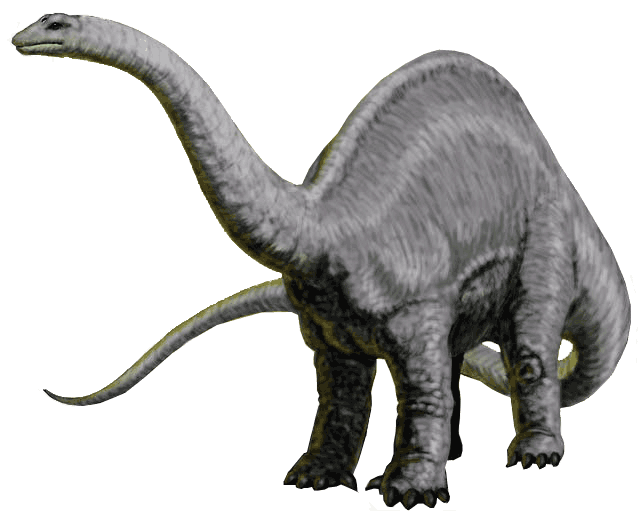By what mechanism do birds migrate? How do they know where they are going? They don’t have maps. They don’t have tiny compasses. They don’t go to school. Their parents can’t tell them how. How are they born knowing how to find a place that is thousands of miles away that they have never been to?
 |
| Yellow Rumped Warbler, a favorite migratory bird (diabloaudobon.com) |
For centuries, people have recorded a curious behavior in caged pet birds. At certain times of the year, they become antsy. They start flitting about in their cages, acting restless. Behavioral ecologists later dubbed this phenomenom “Zugenruhe” (zoo-gen-roo), meaning migratory restlessness in German. We came to interpret this as evidence that birds innately feel an urge to migrate at certain times of the year, a behavior likely under hormonal control, which in turn is influenced by photoperiod (how much daylight vs. night time there is in one day). But how could hormones control an organism’s navigational skills- skills that require interpretation of the cardinal directions and relative position on the earth’s surface? Simply put, hormones can’t.
 |
| The Emlen Funnel |
The experiment that finally answered the question of migratory navigation was thought up and executed by a man named Dr. Steven Emlen in 1966 and is one of the most elegantly designed experiments in zoological biology. He made a simple little contraption, later named the Emlen Funnel. Imagine a funnel about the size of a large mixing bowl that has a flat bottom, atop which sits an ink pad. He lined the sides of the funnel with paper and covered the top with wire mesh. And voi-la, an Emlen Funnel. Put a bird in it, and it will get ink all over its little tooties. As it flits about, it will leave ink prints on the sides of the funnel. From this, one can tell towards what direction the bird is acclimating.
He put birds that were experiencing zugenruhe in the funnel. Tootsie prints were evenly spaced between north south east and west, meaning they were not acclimating towards any one direction. So they felt the urge to migrate, but didn’t know innately what direction to go. This is a big piece of evidence. What does it tell you? It tells you that navigation is not innate in birds. It must be learned. How, and when, do birds learn navigational skills?! Maybe there is a secret bird school that they all go to and just manage to keep hidden from humans.
And then Emlen’s stroke of genius happened. He knew that people, sailors in particular, navigate using the stars. His university happened to have a planetarium, and so he decided to put some funnels with zugenruhe-ing birds in them under an exact replica of the night sky. And then, like magic, foot prints were overwhelmingly focused towards the south (I should mention he did this part during the fall). Once the birds caught sight of the night sky, they knew exactly where to go. They were navigating by looking at the stars. You should have just gotten the chills.
Here, Emlen got excited. He decided to start messing with the constellations (he could do that since he was in a planetarium). What he ultimately discovered was this: the birds’ navigational skills were uncompromised as long as the stars within a certain angle of the North Star were unchanged. So what does this mean? It means that they use the North Star as their primary stellar guide.
I can say without a doubt that this is my favorite biological discovery. Ever. It is beautiful and inspiring that tiny songbirds gaze at the night sky as nestlings to learn the constellations and their nightly paths across the sky. They were using the North Star to travel precisely across the hemispheres millions of years before humans clumsily developed tools like the sextant and maps to accurately travel 100 miles.
 |
| The North Star at the center of stellar movement (everett-white.com) |











